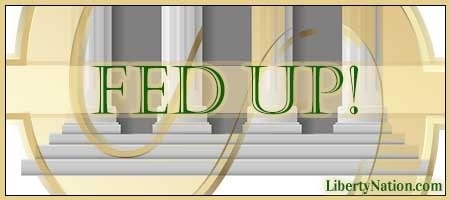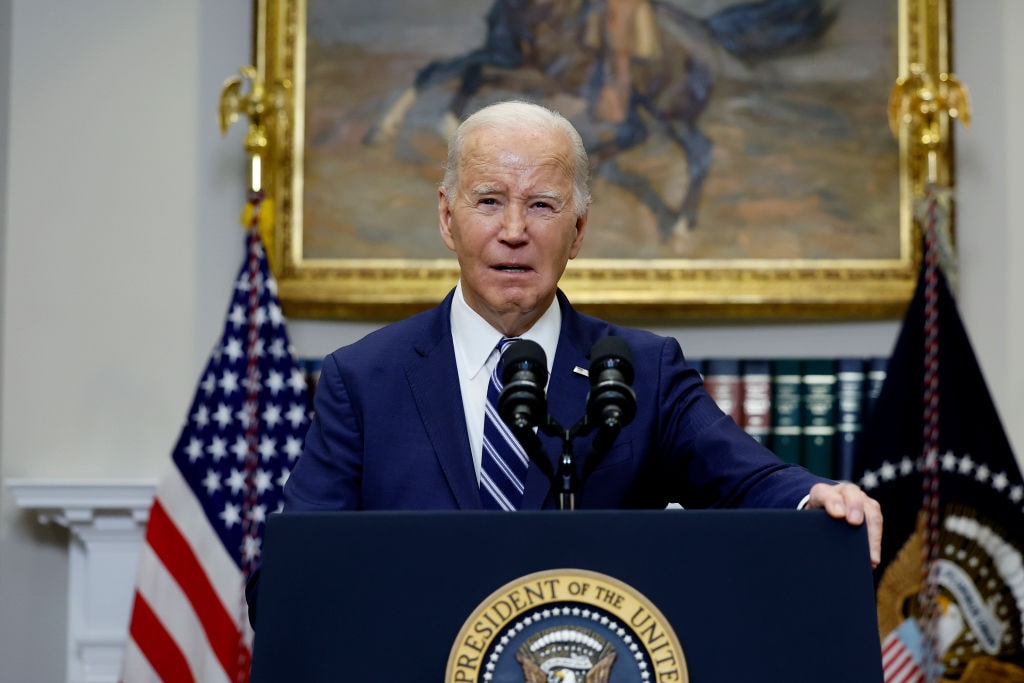President Joe Biden and his administration have repeatedly stated that Bidenomics is about building the economy from the middle out and the bottom up. The Federal Reserve insists that the US economy is doing well and the post-pandemic climate is great. A glance at the treasure trove of data suggests that this accurately represents the present landscape. That is if you are only measuring the numbers for the affluent. Indeed, this has been The Roaring Twenties 2.0, but only for wealthy individuals and corporations while everyone else is stuck with the bill of high inflation and rocketing interest rates.
An Economy for the Rich
Recent economic data show that the top 1% of US earners now have more wealth than the middle class. According to the Federal Reserve’s Survey of Consumer Finances, more than one-quarter (26.5%) of all household wealth belongs to the top percentile by income. This is equal to nearly $39 trillion. The middle 60% possess 26%, while the bottom 20% control roughly 3% of national wealth. In addition, the US central bank’s Distributional Financial Accounts report highlights that the share of corporate equities and mutual funds held by the top 1% of earners is close to half.
 So, how did the top 1% of earners dramatically increase their wealth, especially since the early days of the coronavirus pandemic when the global economy was closed? Economists have varying opinions, but the figures point to the same thing: asset appreciation, primarily from stocks and real estate. Considering that the S&P 500 Index has spiked 80% over the last five years and home prices have more than doubled in that same span, the hypothesis makes sense.
So, how did the top 1% of earners dramatically increase their wealth, especially since the early days of the coronavirus pandemic when the global economy was closed? Economists have varying opinions, but the figures point to the same thing: asset appreciation, primarily from stocks and real estate. Considering that the S&P 500 Index has spiked 80% over the last five years and home prices have more than doubled in that same span, the hypothesis makes sense.
Consequence of the Free Market?
Have-not millennials and the likes of Sens. Bernie Sanders (I-VT) and Elizabeth Warren (D-MA) will gripe that this is a consequence of the free-market system. The have-yachts are adding to their piles of riches while the rest of society is grappling with prevalent price pressures and rising borrowing costs. However, this is not the fault of capitalism and markets but rather the government.
 In economics, there is something called the Cantillon Effect, a theory designed by 18th-century economist Richard Cantillon. The idea highlights the redistribution of purchasing power, misallocation of scarce resources, and massive fluctuation in prices for goods and services initiated by a change in the money supply. In other words, entities that are closest to the Fed’s printing press, such as banks and tech, benefit from all the freshly created money. By the time these newly printed dollars travel through the economic landscape, everyone else is given a devalued currency and diminished purchasing power.
In economics, there is something called the Cantillon Effect, a theory designed by 18th-century economist Richard Cantillon. The idea highlights the redistribution of purchasing power, misallocation of scarce resources, and massive fluctuation in prices for goods and services initiated by a change in the money supply. In other words, entities that are closest to the Fed’s printing press, such as banks and tech, benefit from all the freshly created money. By the time these newly printed dollars travel through the economic landscape, everyone else is given a devalued currency and diminished purchasing power.
Put simply, it is a massive transfer of wealth from the poor and middle class to the rich, with the Federal Reserve serving as the middleman in this transaction.
A January 2023 paper by the Political Economy Research Institute (PERI) at the University of Massachusetts Amherst revealed that the Fed’s interventions can be likened to “wealth protection for the 1%” because it can “preserve the value of the wealth of the top one percent.” The organization determined that the ultra-rich’s wealth would erode by double digits “without intervention by the Fed.”
Fed policymakers achieved this objective by slashing interest rates to record lows and injecting $6 trillion of money into the financial system. The Eccles Building further enabled Washington by acquiring record levels of Treasury securities, allowing politicians to become Santa Claus by handing out stimulus checks, sweetened unemployment benefits, and an immense basket of goodies.
Indeed, this has been observed repeatedly in the last 20 years. The big banks and the major automakers were bailed out during the Global Financial Crisis. In the pandemic-induced economic collapse, corporate debt was purchased by the central bank. In March 2023, wealthy depositors at Silicon Valley Bank and Signature Bank were shielded by the federal government from the consequences of poor decisions.
Left With the Bill
In the end, the American people were given $1,400 checks and stuck with the rest of the multi-trillion-dollar fiscal and monetary bills that would take generations to pay. The de facto policy in Washington is to privatize gains and socialize losses. Guess who benefits and who gets punished for this deal.




